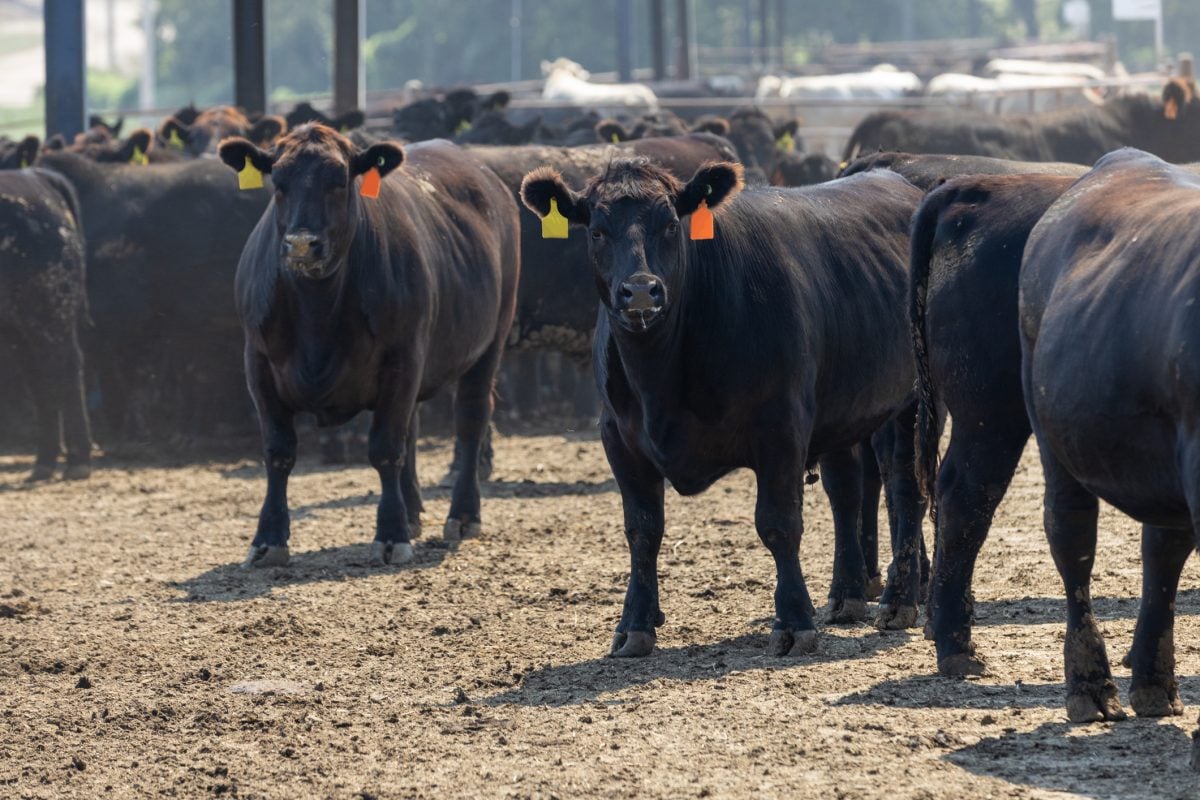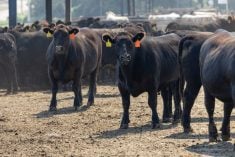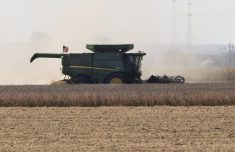CHICAGO, Dec 18 (Reuters) – Chicago Mercantile Exchange live cattle futures settled up by their 3-cents per lb price limit on Friday, driven by short-covering and technical buying, traders said.
Investors tweaked positions ahead of Friday’s U.S. Department of Agriculture monthly Cattle-On-Feed report at 2 p.m. CST (2000 GMT).
Spot December ended at 120.150 cents, and February 125.525 cents, respectively. Live cattle’s trading limit will be expanded to 4.5 cents on Monday.
Funds are extremely short live cattle futures, so some of the day’s action may have been due to their evening up accounts as the year winds down, a trader said.
Read Also

U.S. livestock: Feeder cattle hit contract highs on tight supply
Chicago | Reuters – All Chicago Mercantile Exchange feeder cattle futures and most live cattle futures hit contract highs on…
Market bulls were encouraged by the recent drop in weekly cattle weights, which may help support sagging cash and wholesale beef prices.
This week, market-ready, or cash, cattle in the U.S. Plains moved at $115 to $118 per cwt, steady to $4 lower than last week, feedlot sources said.
Thursday morning’s wholesale choice beef price dropped $1.13 per cwt from Wednesday to $194.63. Select cuts gained $1.15 to $186.69, based on U.S. Department of Agriculture data.
CME cattle and hog futures received more support from news that U.S. legislators voted to repeal Country-Of-Origin-Labeling (COOL).
U.S. Commodities analyst Don Roose cited the repeal of COOL for “a big percentage” of the day’s rally.
CME feeder cattle closed up their 4.5-cents price limit following live cattle futures’ limit-up move.
January feeders finished at 148.750 cents. The limit will be expanded to 6.750-cents on Monday.
CME lean hogs closed higher on short-covering and a steep climb in the cattle market, traders said.
Spot February closed 0.850 cent per lb higher at 56.625 cents, and April up 0.525 cent to 62.050 cents.
Word that COOL is no longer hanging over the market provided support, but not as much as one would have expected considering the U.S. sends more pork outside its borders than beef.
“It (COOL) was already in the market because everybody knew Congress was under a lot of pressure to get rid of it. Now we can focus on fundamentals, and they look bad,” a trader said.
Dan Norcini, a livestock futures trader, said the hog industry is grappling with an “overwhelming number of hogs that show no signs of letting up.”
Meat packers will need fewer animals with plants scheduled to be closed three to four days over the Christmas holiday.
















